Full text
PDF
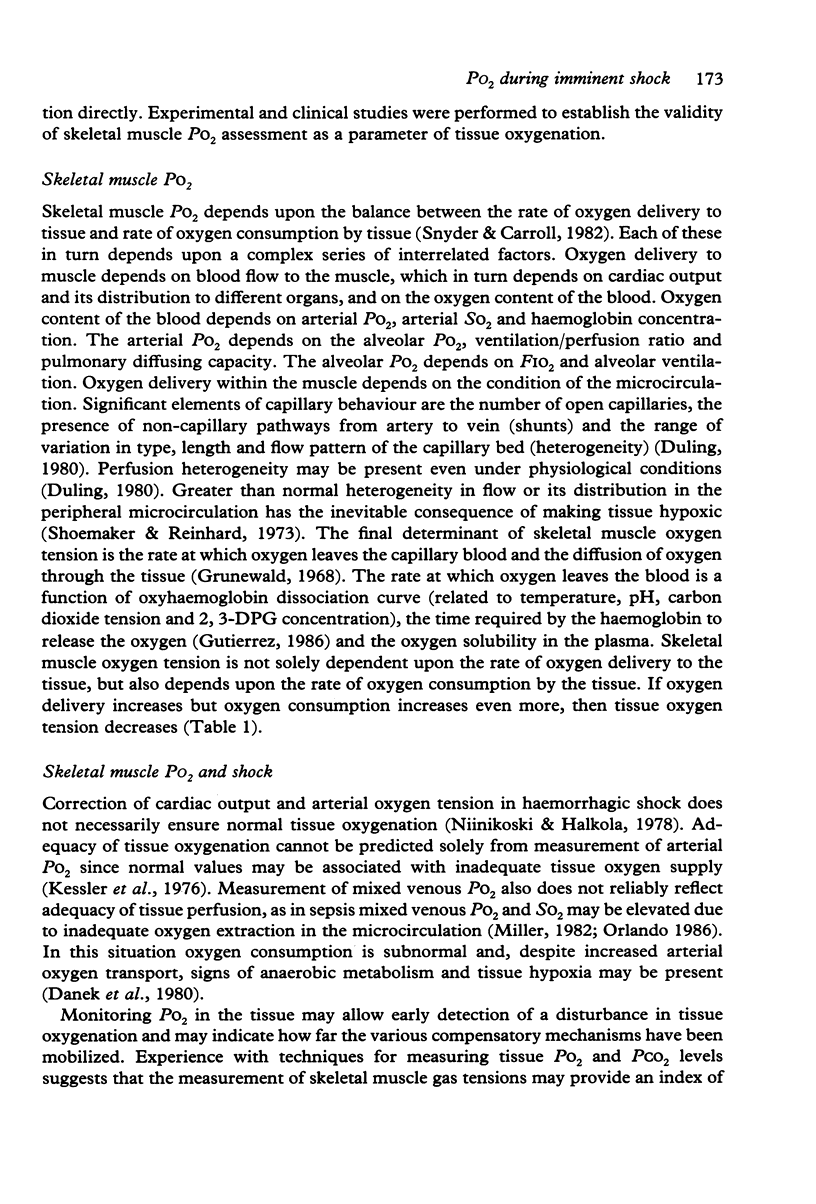


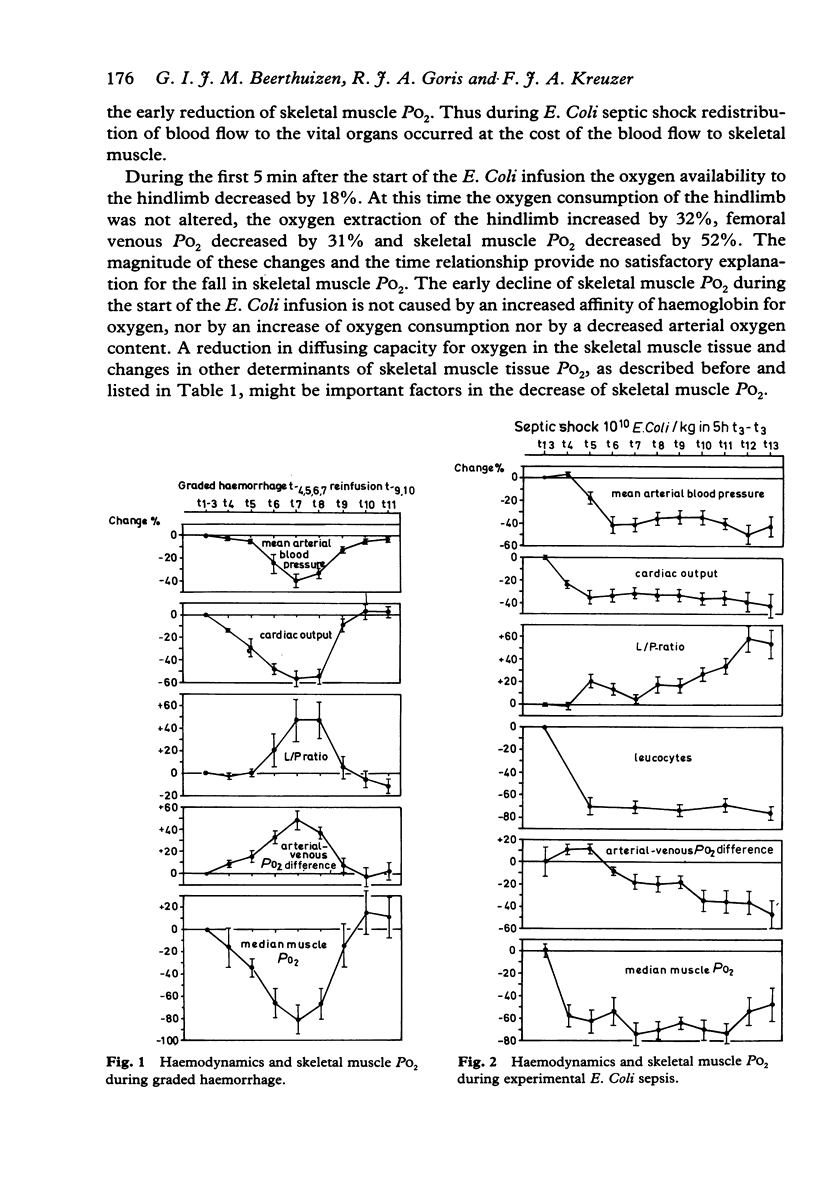
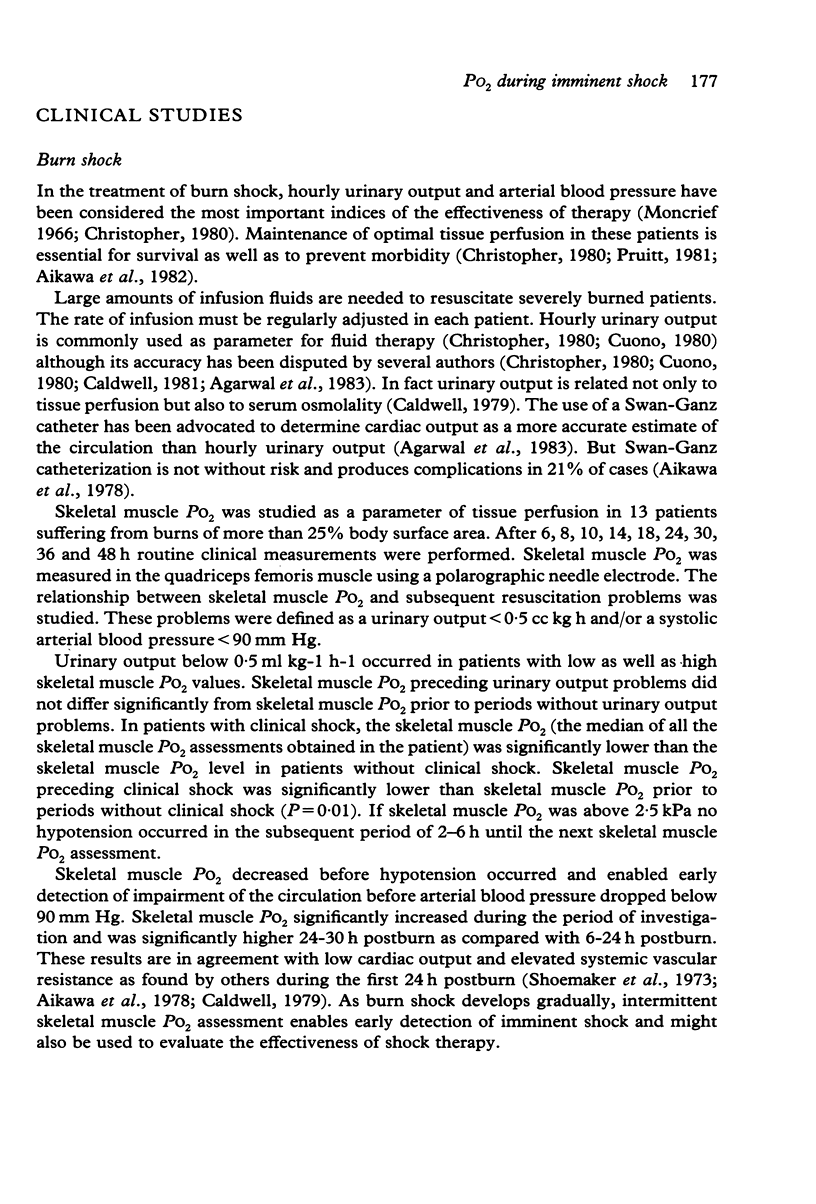
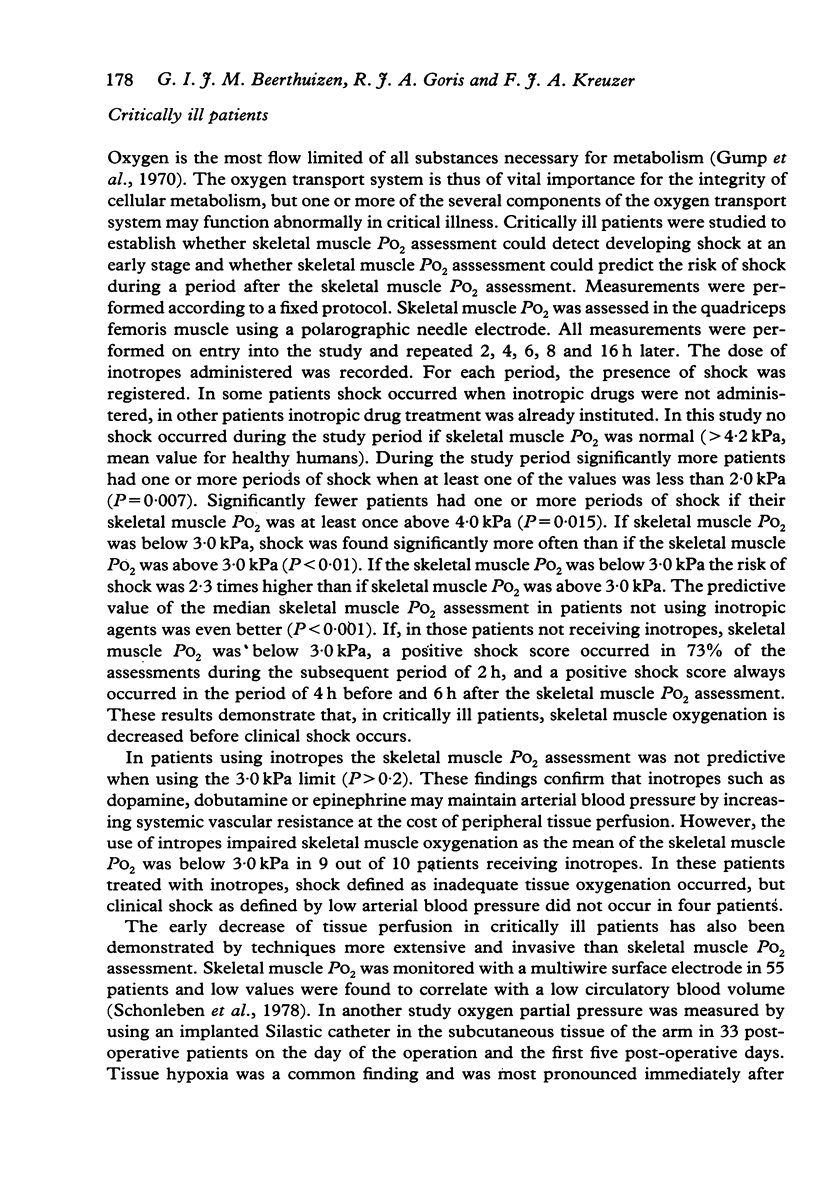
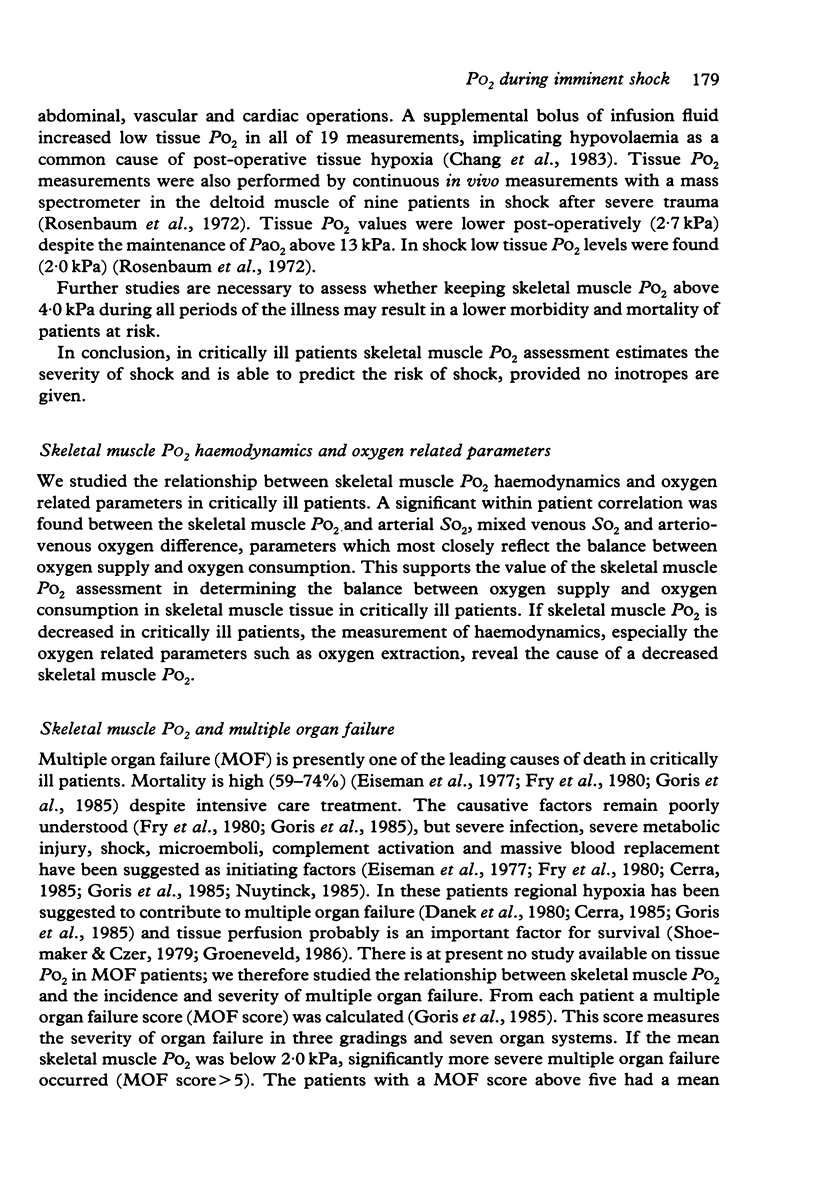
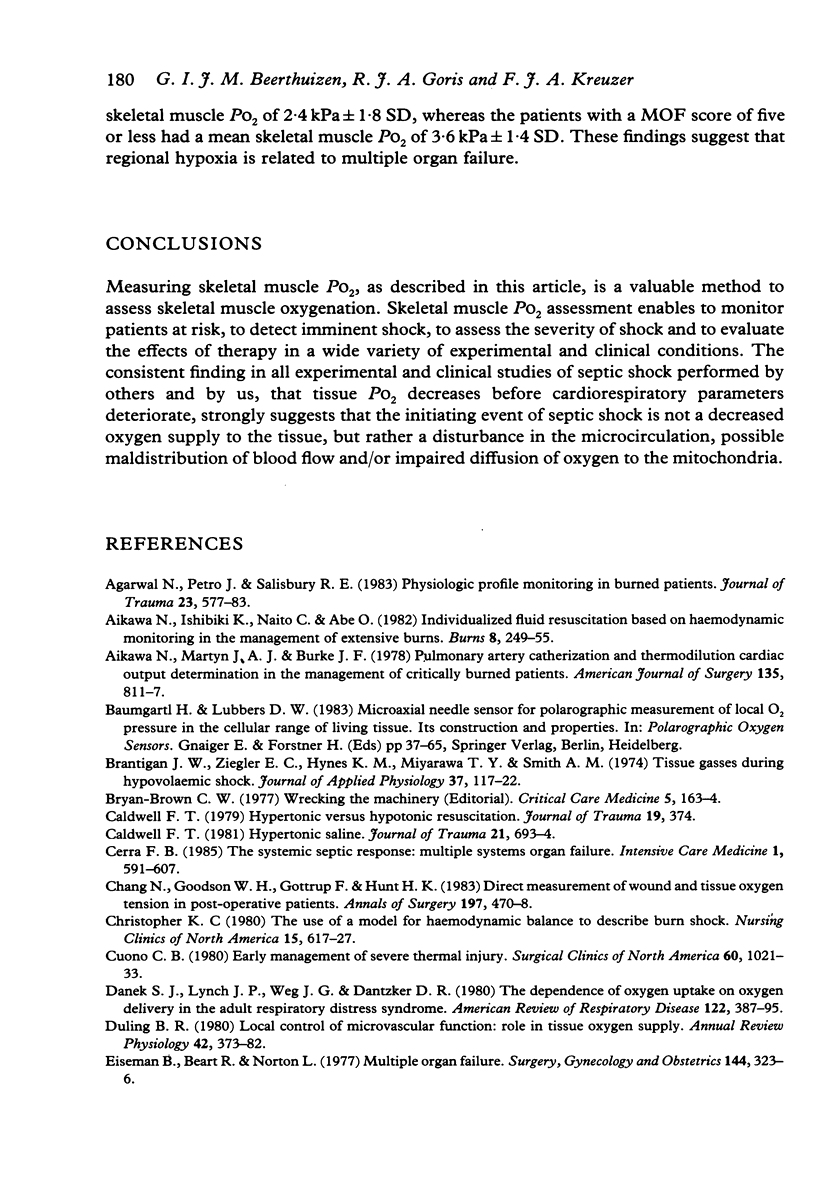
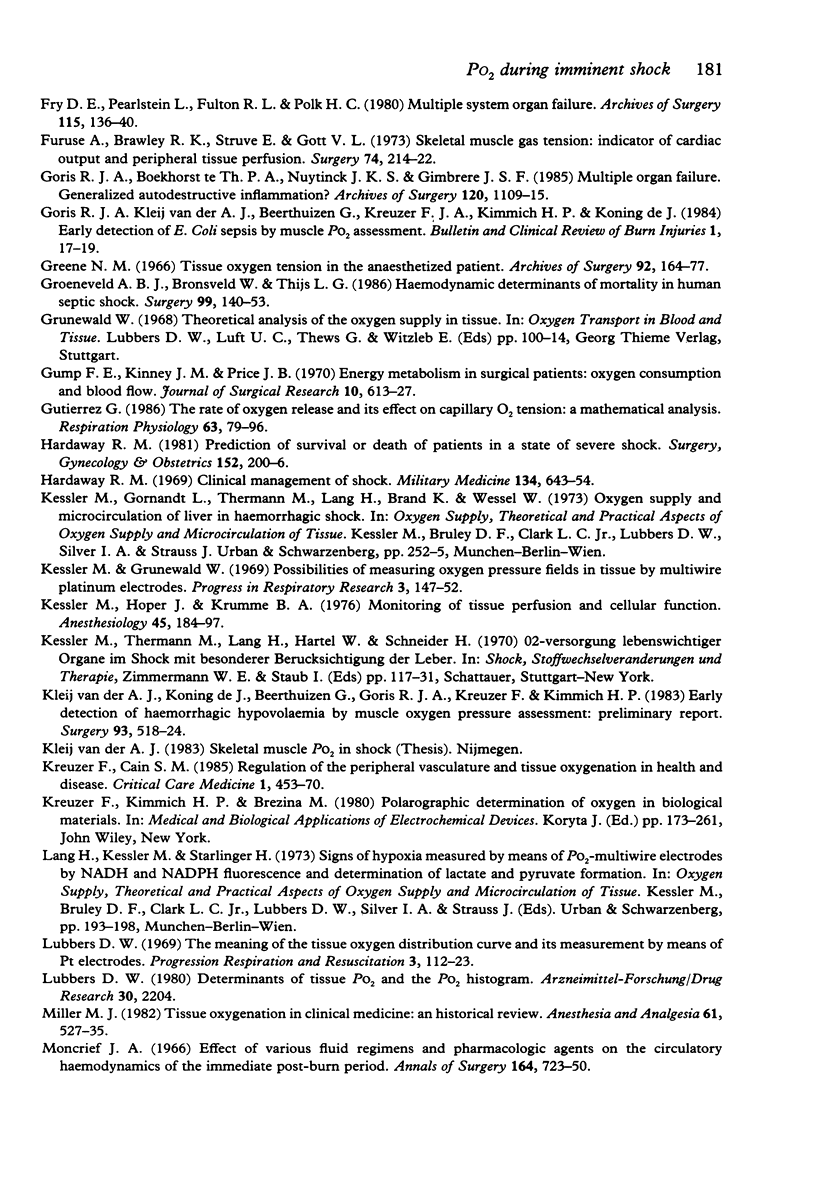

Selected References
These references are in PubMed. This may not be the complete list of references from this article.
- Agarwal N., Petro J., Salisbury R. E. Physiologic profile monitoring in burned patients. J Trauma. 1983 Jul;23(7):577–583. doi: 10.1097/00005373-198307000-00006. [DOI] [PubMed] [Google Scholar]
- Aikawa N., Ishibiki K., Naito C., Abe O., Yamamoto S., Motegi M., Sudo M. Individualized fluid resuscitation based on haemodynamic monitoring in the management of extensive burns. Burns Incl Therm Inj. 1982 Mar;8(4):249–255. doi: 10.1016/0305-4179(82)90005-5. [DOI] [PubMed] [Google Scholar]
- Aikawa N., Martyn J. A., Burke J. F. Pulmonary artery catheterization and thermodilution cardiac output determination in the management of critically burned patients. Am J Surg. 1978 Jun;135(6):811–817. doi: 10.1016/0002-9610(78)90172-1. [DOI] [PubMed] [Google Scholar]
- Brantigan J. W., Ziegler E. C., Hynes K. M., Miyazawa T. Y., Smith A. M. Tissue gases during hypovolemic shock. J Appl Physiol. 1974 Jul;37(1):117–122. doi: 10.1152/jappl.1974.37.1.117. [DOI] [PubMed] [Google Scholar]
- Bryan-Brown C. W. Wrecking the machinery. Crit Care Med. 1977 May-Jun;5(3):163–164. doi: 10.1097/00003246-197705000-00010. [DOI] [PubMed] [Google Scholar]
- Cerra F. B. The systemic septic response: multiple systems organ failure. Crit Care Clin. 1985 Nov;1(3):591–607. [PubMed] [Google Scholar]
- Chang N., Goodson W. H., 3rd, Gottrup F., Hunt T. K. Direct measurement of wound and tissue oxygen tension in postoperative patients. Ann Surg. 1983 Apr;197(4):470–478. doi: 10.1097/00000658-198304000-00017. [DOI] [PMC free article] [PubMed] [Google Scholar]
- Christopher K. L. The use of a model for hemodynamic balance to describe burn shock. Nurs Clin North Am. 1980 Sep;15(3):617–627. [PubMed] [Google Scholar]
- Cuono C. B. Early management of severe thermal injury. Surg Clin North Am. 1980 Oct;60(5):1021–1033. doi: 10.1016/s0039-6109(16)42230-9. [DOI] [PubMed] [Google Scholar]
- Danek S. J., Lynch J. P., Weg J. G., Dantzker D. R. The dependence of oxygen uptake on oxygen delivery in the adult respiratory distress syndrome. Am Rev Respir Dis. 1980 Sep;122(3):387–395. doi: 10.1164/arrd.1980.122.3.387. [DOI] [PubMed] [Google Scholar]
- Duling B. R., Klitzman B. Local control of microvascular function: role in tissue oxygen supply. Annu Rev Physiol. 1980;42:373–382. doi: 10.1146/annurev.ph.42.030180.002105. [DOI] [PubMed] [Google Scholar]
- Eiseman B., Beart R., Norton L. Multiple organ failure. Surg Gynecol Obstet. 1977 Mar;144(3):323–326. [PubMed] [Google Scholar]
- Fry D. E., Pearlstein L., Fulton R. L., Polk H. C., Jr Multiple system organ failure. The role of uncontrolled infection. Arch Surg. 1980 Feb;115(2):136–140. doi: 10.1001/archsurg.1980.01380020006003. [DOI] [PubMed] [Google Scholar]
- Furuse A., Brawley R. K., Struve E., Gott V. L. Skeletal muscle gas tension: indicator of cardiac output and peripheral tissue perfusion. Surgery. 1973 Aug;74(2):214–222. [PubMed] [Google Scholar]
- Goris R. J., te Boekhorst T. P., Nuytinck J. K., Gimbrère J. S. Multiple-organ failure. Generalized autodestructive inflammation? Arch Surg. 1985 Oct;120(10):1109–1115. doi: 10.1001/archsurg.1985.01390340007001. [DOI] [PubMed] [Google Scholar]
- Greene N. M. Tissue oxygen tension in the anesthetized patient. Arch Surg. 1966 Feb;92(2):164–177. doi: 10.1001/archsurg.1966.01320200004002. [DOI] [PubMed] [Google Scholar]
- Groeneveld A. B., Bronsveld W., Thijs L. G. Hemodynamic determinants of mortality in human septic shock. Surgery. 1986 Feb;99(2):140–153. [PubMed] [Google Scholar]
- Gump F. E., Kinney J. M., Price J. B., Jr Energy metabolism in surgical patients: oxygen consumption and blood flow. J Surg Res. 1970 Dec;10(12):613–627. doi: 10.1016/0022-4804(70)90090-9. [DOI] [PubMed] [Google Scholar]
- Gutierrez G. The rate of oxygen release and its effect on capillary O2 tension: a mathematical analysis. Respir Physiol. 1986 Jan;63(1):79–96. doi: 10.1016/0034-5687(86)90032-0. [DOI] [PubMed] [Google Scholar]
- Hardaway R. M., 3rd Clinical management of shock. Mil Med. 1969 Sep;134(9):643–654. [PubMed] [Google Scholar]
- Hardaway R. M. Prediction of survival or death of patients in a state of severe shock. Surg Gynecol Obstet. 1981 Feb;152(2):200–206. [PubMed] [Google Scholar]
- Kessler M., Höper J., Krumme B. A. Monitoring of tissue perfusion and cellular function. Anesthesiology. 1976 Aug;45(2):184–197. doi: 10.1097/00000542-197608000-00007. [DOI] [PubMed] [Google Scholar]
- Kreuzer F., Cain S. M. Regulation of the peripheral vasculature and tissue oxygenation in health and disease. Crit Care Clin. 1985 Nov;1(3):453–470. [PubMed] [Google Scholar]
- Miller M. J. Tissue oxygenation in clinical medicine: an historical review. Anesth Analg. 1982 Jun;61(6):527–535. [PubMed] [Google Scholar]
- Moncrief J. A. Effect of various fluid regimens and pharmacologic agents on the circulatory hemodynamics of the immediate postburn period. Ann Surg. 1966 Oct;164(4):723–752. doi: 10.1097/00000658-196610000-00017. [DOI] [PMC free article] [PubMed] [Google Scholar]
- Niinikoski J., Halkola L. Skeletal muscle PO2: indicator of peripheral tissue perfusion in haemorrhagic shock. Adv Exp Med Biol. 1977 Jul 4;94:585–592. doi: 10.1007/978-1-4684-8890-6_79. [DOI] [PubMed] [Google Scholar]
- Niinikoski J. Tissue oxygenation in hypovolaemic shock. Ann Clin Res. 1977 Jun;9(3):151–156. [PubMed] [Google Scholar]
- Orlando R., 3rd Continuous mixed venous oximetry in critically ill surgical patients. 'High-tech' cost-effectiveness. Arch Surg. 1986 Apr;121(4):470–471. doi: 10.1001/archsurg.1986.01400040108017. [DOI] [PubMed] [Google Scholar]
- Rosenbaum R., Hyes M. F., Jr, Wolferth C. C., Frajola R., Jones N., Matsumoto T. On line in vivo measurement of tissue and blood gases in patients with severe trauma. Surg Gynecol Obstet. 1972 Oct;135(4):605–607. [PubMed] [Google Scholar]
- Schönleben K., Hauss J. P., Spiegel U., Bünte H., Kessler M. Monitoring of tissue PO2 in patients during intensive care. Adv Exp Med Biol. 1977 Jul 4;94:593–598. doi: 10.1007/978-1-4684-8890-6_80. [DOI] [PubMed] [Google Scholar]
- Shoemaker W. C., Boyd D. R., Corley R. S., Reinhard J. M., Dreiling D. A., Kark A. E. Sequential hemodynamic events after trauma to the unanesthetized patient. Surg Gynecol Obstet. 1971 Apr;132(4):651–656. [PubMed] [Google Scholar]
- Shoemaker W. C., Boyd D. R., Kim S. I., Brown R. S., Dreiling D. A., Kark A. E. Sequential oxygen transport and acid-base changes after trauma to the unanesthetized patient. Surg Gynecol Obstet. 1971 Jun;132(6):1033–1038. [PubMed] [Google Scholar]
- Shoemaker W. C. Cardiorespiratory patterns in complicated and uncomplicated septic shock: physiologic alterations and their therapeutic implications. Ann Surg. 1971 Jul;174(1):119–125. doi: 10.1097/00000658-197107010-00019. [DOI] [PMC free article] [PubMed] [Google Scholar]
- Shoemaker W. C., Czer L. S. Evaluation of the biologic importance of various hemodynamic and oxygen transport variables: which variables should be monitored in postoperative shock? Crit Care Med. 1979 Sep;7(9):424–431. doi: 10.1097/00003246-197909000-00015. [DOI] [PubMed] [Google Scholar]
- Shoemaker W. C., Montgomery E. S., Kaplan E., Elwyn D. H. Physiologic patterns in surviving and nonsurviving shock patients. Use of sequential cardiorespiratory variables in defining criteria for therapeutic goals and early warning of death. Arch Surg. 1973 May;106(5):630–636. doi: 10.1001/archsurg.1973.01350170004003. [DOI] [PubMed] [Google Scholar]
- Shoemaker W. C. Pathophysiologic basis of therapy for shock and trauma syndromes: use of sequential cardiorespiratory measurements to describe natural histories and evaluate possible mechanisms. Semin Drug Treat. 1973 Winter;3(3):211–229. [PubMed] [Google Scholar]
- Shoemaker W. C., Reinhard J. M. Tissue perfusion defects in shock and trauma states. Surg Gynecol Obstet. 1973 Dec;137(6):980–986. [PubMed] [Google Scholar]
- Shoemaker W. C., Vladeck B. C., Bassin R., Printen K., Brown R. S., Amato J. J., Reinhard J. M., Kark A. E. Burn pathophysiology in man. I. Sequential hemodynamic alterations. J Surg Res. 1973 Jan;14(1):64–73. doi: 10.1016/0022-4804(73)90011-5. [DOI] [PubMed] [Google Scholar]
- Sinagowitz E., Rahmer H., Rink R., Görnandt L., Kessler M. Local oxygen supply in intra-abdominal organs and in skeletal muscle during hemorrhagic shock. Adv Exp Med Biol. 1973;37A:505–511. doi: 10.1007/978-1-4684-3288-6_64. [DOI] [PubMed] [Google Scholar]
- Snyder J. V., Carroll G. C. Tissue oxygenation: a physiologic approach to a clinical problem. Curr Probl Surg. 1982 Nov;19(11):650–719. doi: 10.1016/0011-3840(82)90032-6. [DOI] [PubMed] [Google Scholar]
- Wakabayashi A., Nakamura Y., Woollley T., Mullin P. J., Watanabe H., Ino T., Connolly J. E. Continuous percutaneous monitoring of muscle pH and oxygen pressure. A new technique for in vivo use. Arch Surg. 1975 Jul;110(7):802–804. doi: 10.1001/archsurg.1975.01360130034007. [DOI] [PubMed] [Google Scholar]
- Wilson R. F. The pathophysiology of shock. Intensive Care Med. 1980;6(2):89–100. doi: 10.1007/BF01683354. [DOI] [PubMed] [Google Scholar]
- van der Kleij A. J., de Koning J., Beerthuizen G., Goris R. J., Kreuzer F., Kimmich H. P. Early detection of hemorrhagic hypovolemia by muscle oxygen pressure assessment: preliminary report. Surgery. 1983 Apr;93(4):518–524. [PubMed] [Google Scholar]


